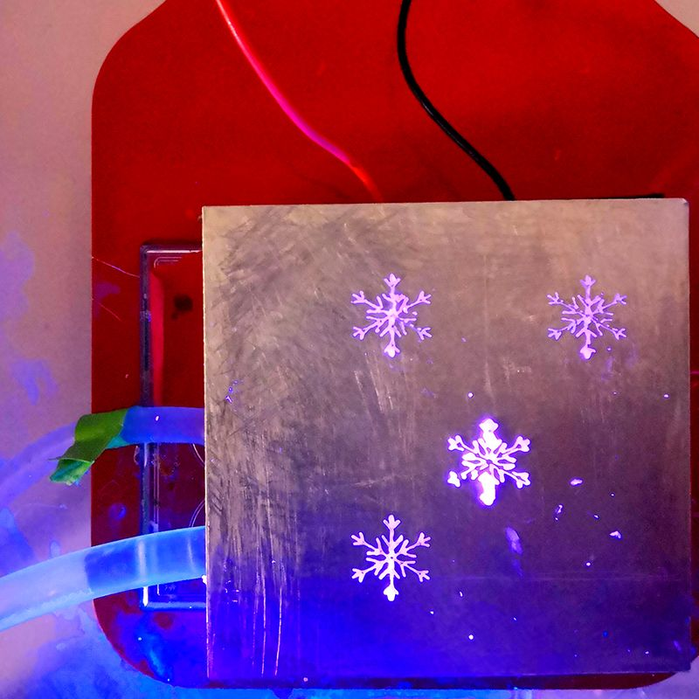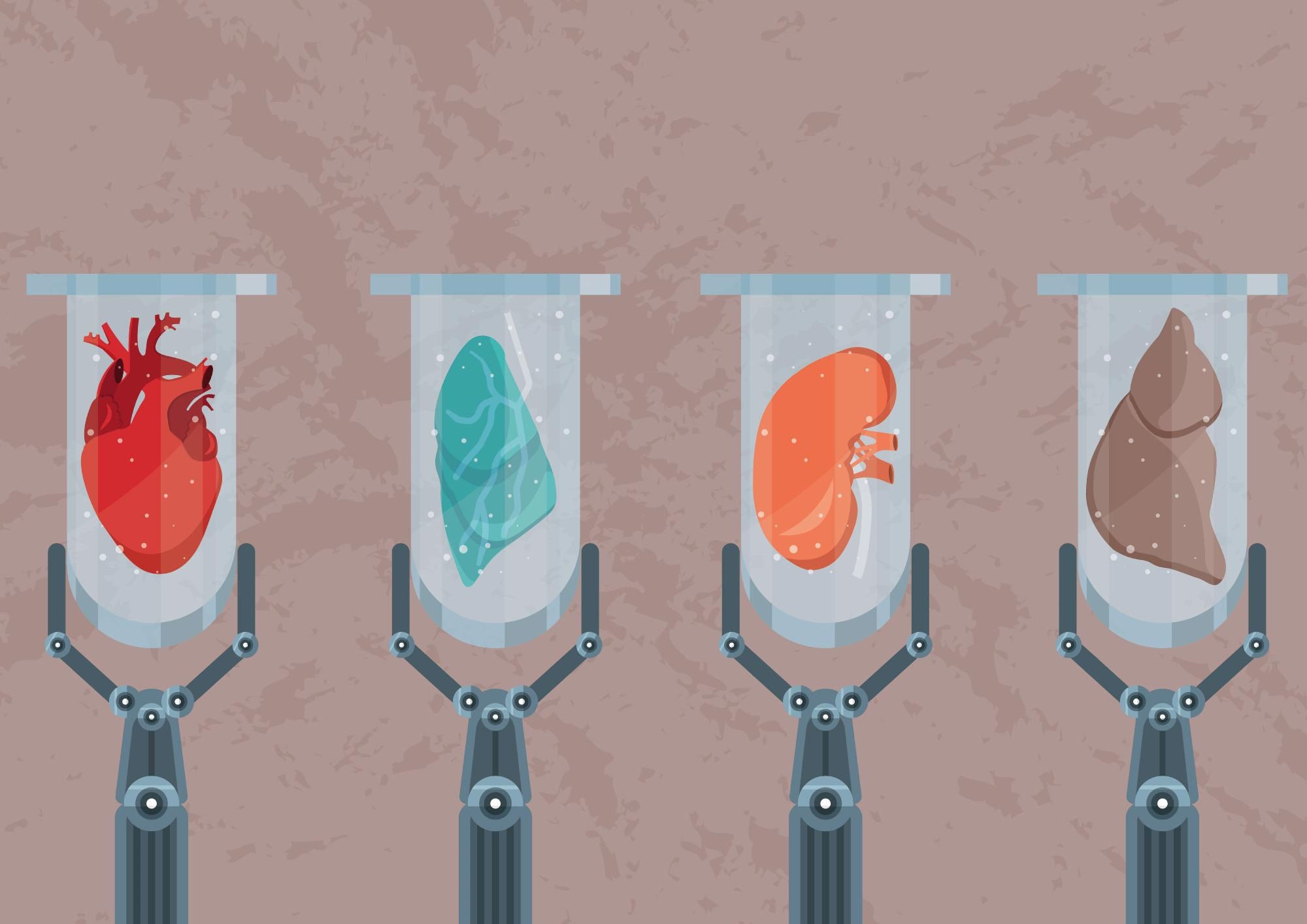In this interview, we speak to Dr. Y. Shrike Zhang about his latest bioprinting technique that allows tissues to be preserved for later use.
Please could you introduce yourself, and tell us what inspired your latest research into ‘cyrobioprinting’?
I am an Associate Bioengineer at Brigham and Women’s Hospital and Assistant Professor at Harvard Medical School.
The motivation of the project came from the limitation of conventional bioprinting when it comes to storing the fabricated tissues – they typically have to be used immediately post-bioprinting. We thought it would be possible to combine bioprinting with a cryopreservation method and hence the cryobioprinting concept.
Bioprinting is a technique used in various life sciences applications. Your new technique has taken this approach and adapted it to create a ‘cyrobioprinting’ technique. Please can you explain what is meant by this technique and how it differs from traditional bioprinting?
The ‘cryobioprinting’ technique means that scientists can now bioprint a tissue together with the process of cryopreservation, and essentially throw the frozen constructs into short-term and long-term storage for either a later use, or transport to a destination location for use. It differs from traditional bioprinting primarily by the use of a customized cryogenic substrate and the meticulously designed cryoprotective bioink.

Image Credit: Zhang Laboratory
What are the advantages of cyrobioprinting compared to traditional bioprinting techniques? What implications will these advantages have within the life sciences industry?
There are two major advantages. First, it now allows direct bioprinting of frozen tissue constructs for immediate storage. Second, it now also permits the printing of freestanding shapes that could be tricky to print before with the conventional bioprinting techniques when using soft biomaterial inks. They facilitate the production of better structures of tissues and also more flexibility for storage and later-time usage.
Those in the life sciences industry do not have to worry about having a bioprinter in their possession — or having to know how to bioprint — since they can easily source these cryobioprinted and stored tissues from a different location. They need only to thaw and culture at their sites for ultimate use.
Can you describe how you designed your latest cryoprotected bioink? Were there any challenges you had to overcome when designing this bioink? If so, what were they?
Our bioink had a combination of DMSO (a conventional cryoprotective chemical) and sugar (melezitose chosen as optimal) that co-served to maximally preserve cell viability during cryobioprinting. Yes, there were a number of challenges, such as tuning the bioink properties – they not only have to be cryoprotective but have to be printable in the first place.
Other challenges included the selection of optimal sugar type, of which we experimented with many.
How can you apply your cyrobioprinting technique to muscular tissue engineering? Are there any other areas of science where this technique will be particularly useful?
In a variation of the technology, we further developed ‘vertical cryobioprinting’, meaning that now instead of printing structures layer by layer, we directly drew vertical filaments from the bottom of the freezing substrate. This led to an interesting phenomenon called ‘directional freezing’ – the ice crystals started to form from the bottom of the bioink filament towards the top.
The result of that process was that there were vertically aligned microscale pores/channels formed. These channels could then guide the vertical alignment of muscle cells in one direction, leading to a configuration that is very similar to how the native muscle cells are aligned and bundled.

Image Credit: ValentinaKru/Shutterstock.com
What further research is needed before this technique could be used in clinics?
This is only the beginning of the technology. For clinical translation, numerous in-depth biological characterizations would still be needed, and likely in vivo testing, to understand the host tissue integration of cryobioprinted tissue constructs.
Tissue engineering is one field that has seen rapid growth over the last decade. How do you see tissue engineering evolving in the future and what role will bioprinting play in this?
Bioprinting will play a key role in tissue engineering since it allows unprecedented capacity in shaping the structures and architectures of the fabricated tissue constructs. With our cryobioprinting technologies these tissues can be stored for as long as needed before they reach their destinations, where they can then be revived and used.
Overall, tissue engineering might see a trend of being personalized in the future, given the advancements of bioprinting technologies that allow much better flexibility in customization.
What are the next steps for you and your research?
We are heavily invested in every aspect of bioprinting. We constantly innovate the bioprinting techniques by their hardware, methods, bioinks, and applications.
Where can readers find more information?
You can find everything on our lab website: https://shrikezhang.com
About Dr. Y. Shrike Zhang
Dr. Zhang directs the Laboratory of Engineered Living Systems. His research interests include 3D bioprinting, organ-on-a-chip, biomaterials, regenerative engineering, and bioanalysis. His scientific contributions have been recognized by over 40 regional, national, and international awards..jpg)
He has been invited to deliver more than 170 lectures worldwide and has served as a reviewer for more than 700 manuscripts for as many as 60 journals. He is on editorial service of >20 international journals.